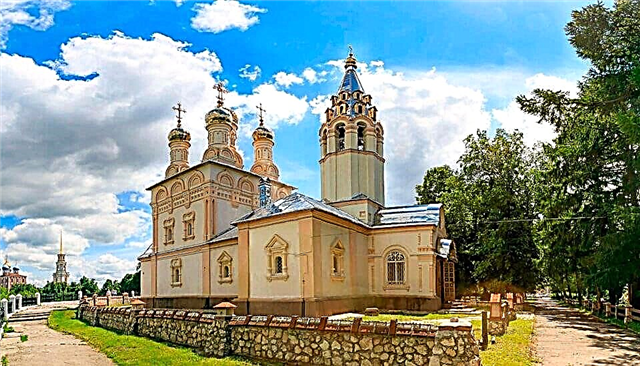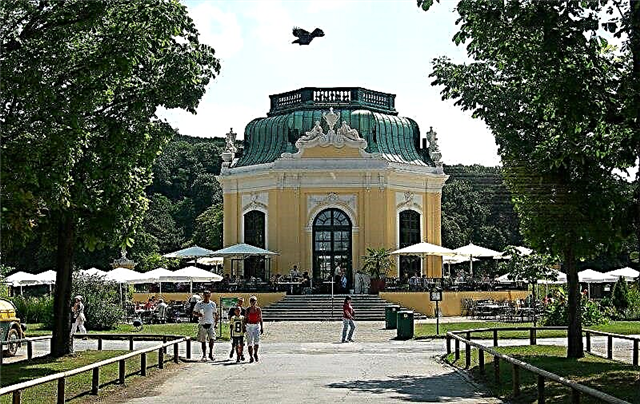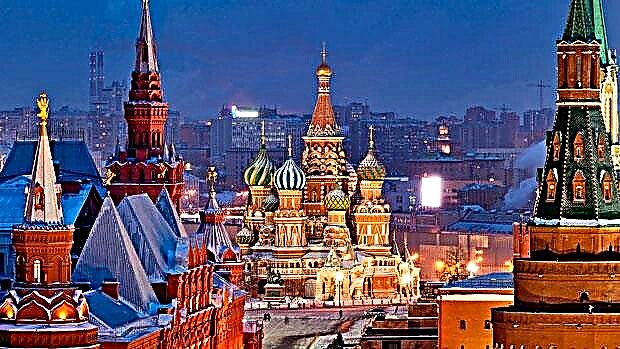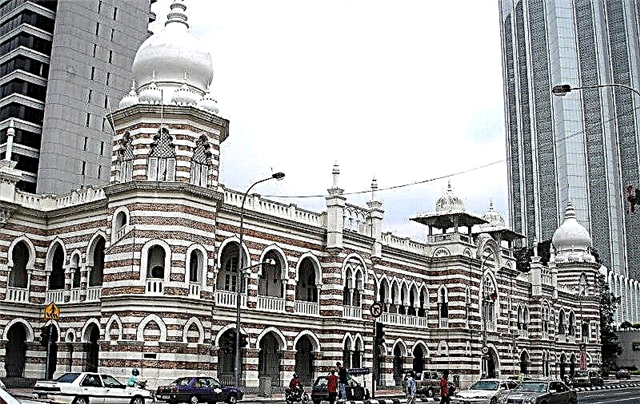Tourists who were lucky enough to get acquainted with the most interesting city of Malaysia - Kuala Lumpur - were certainly able to appreciate all its advantages. It simultaneously combines the advanced achievements of civilization, and carries some kind of unique aura that has survived from ancient times. Here you can meet high-rise buildings aspiring to heaven, visit amazing sights and even relax in the shade of landscaped green park areas.
For those who are in this part of Asia for the first time, we offer a short itinerary for an excursion around Kuala Lumpur, which will help you get to know the city better and not miss a single significant site. Of course, the main attention of many guests of the metropolis is focused on the central Independence Square, but in other parts of the city there is a lot of things that you should definitely see.
Jamek Mosque and St. Mary's Cathedral

We suggest starting our walk with an acquaintance with the oldest of the mosques located in Kula Lumpur, which was created in 1909 on the idea of a brilliant native of Great Britain A. Hubback. It is located in a symbolic place where the Klang and Gombak rivers merge. The place was not chosen by chance, because according to the historical information, it was here that the first settlement existed, which was destined to soon become the capital of the state.
For those who understand the directions of architecture, it will be obvious that the building is made in the Moorish style, its color scheme is dominated by red and white tones. The complex includes several towers, minarets and three domes. And the role of the background is played by perennial plantations of coconut palms. It is not surprising that it is here that the remains of the most prominent figures of the city and the country are kept, for whose tombs a considerable area is allotted. For a long time, this particular mosque was the main one throughout the country, until in 1965 the more modern Negara was awarded this honor.

The second striking reminder of the long presence of colonial Britain in Malaysia is the Cathedral of St. Mary. Erected in 1898, this grandiose cathedral is a true example of the Gothic architecture of the European island state of the early period. In its features, everything is laconic and there is not a single superfluous detail. This is exactly how, according to the architects, a holy place for communion with God should look like. But the most interesting thing awaits tourists inside. In the center of the hall is the main pride of the cathedral - the old organ, which was created by the recognized genius of his time, Henry Willis, whose inventions adorn the best cathedrals in London.
The interior of the premises is designed in the usual style: the walls are lined with white stone, and the figured windows are decorated with multi-colored stained-glass windows. The rays of the sun passing through them create a unique play of colors and a unique color illusion. It is worth agreeing that the creators managed to achieve the main goal - to create an atmosphere of solemnity and peace. By the way, not so long ago, only the British were allowed into these halls, who were the main participants in the ceremonies of worship. Today, in the cathedral, one can meet parishioners from a wide variety of ethnic classes.
Golf Club

Not far from the cathedral there is the Royal Selangor golf club, where the British are used to spending their free time after the morning divine service. It's not hard to guess who came up with the idea to create the first golf club in Malaysia. After all, the British have long been famous for their passion for this measured sports competition. In 1893, an advertisement appeared in the newspaper, according to which everyone could take part in the first golf tournament, which was to be held on the local Petaling hill.
As soon as the local rich of English descent hit the ball, it was decided to create the first golf course on this hill. The players liked the mixed terrain and natural water obstacles.

Despite the fact that in the early years of its existence, the Royal Selangor club had only a few members and had only one small field in its location, a century later it turned into one of the most prestigious clubs of our time. Nowadays, on its territory there are already three courses of different sizes for playing golf, tennis courts, swimming pools and gyms and even a real school for learning martial arts! Accordingly, in order to feed the club members and visitors, we had to think over a network of catering establishments. Today, guests and members of the club are served by several restaurants and cafes, where you can taste not only local cuisine, but also appreciate the recognizable recipes of European and Asian cuisine.
Although the club is designed for professional players for whom large-scale competitions are held, beginners will be able to learn club skills and hitting techniques from experienced masters and instructors.
Main square

Independence Square was once the usual English cricket ground. Perhaps that is why she received such a name, which seems to "scream" about the cherished freedom that Malaysia received after the departure of the British colonialists. In 1957, the flag of an independent state was raised here for the first time. The Malaysians were so eager to find freedom that to raise the banner they decided to create a huge flagpole, which reaches a height of 95 meters and is a real record holder to this day.
By the way, the most interesting sights of the city are located on the territory of the square, the main of which is the palace of Sultan Abdul-Samad. It was erected back in 1897 by another representative of Great Britain, Arthur Norman. According to sources, the author drew his inspiration from the state of the Great Mughals, who treated their rulers with special trepidation and in every possible way wanted to emphasize their high status by building marvelous palaces for them.

The main decoration of the building is a high chapel, the top of which is decorated with an exquisite gilded dome. The chapel, however, like the cathedral itself, combines two directions in architecture at once - Moorish and Victorian. The author managed to perfectly combine different notes of these directions, and the result exceeded even the most daring expectations. Tourists can spend hours enjoying the marvelous arches, minarets and domes, which are very much like onions in shape.
Not surprisingly, Malaysians compare the chapel to the English Big Ben. Well, if you get into the vicinity of the castle in the evening, you get the impression that you are in a real oriental fairy tale - hundreds of multi-colored lanterns generously shower the walls of the castle and its towers with rays.
Textile Museum

If you love history, be sure to check out the National Textile Museum, where you can trace the entire history of Malaysia. It houses a large collection of samples of fabrics, national clothes, festive and everyday outfits and colorful patterns. It was from these drawings that it was possible to distinguish people who belonged to different class groups.
Visitors to the galleries will learn about the techniques for making fabrics, how and with what techniques patterns were applied to clothes. To make it easier for guests to navigate, the galleries are divided into four main expositions, each of which contains enough information and samples of fabrics, mechanisms that were used in different historical eras. One of the galleries contains thousands of unique jewelry, hairpins and brooches that were typical for different regions of Malaysia.

For the sake of fairness, it is worth noting the very building of the repository of history, which also represents a striking example of neo-Moorish architecture.The façade is lavishly decorated with towers, carved arches and towering spiers.
Market and Chinatown

The main market in Kuala Lumpur is far from the last place in our daily guide. Here you can always find something for the soul, having finally bought original souvenirs for family and friends. It was originally conceived as a market for seafood and spices. Today it looks more like a huge pavilion, in which all kinds of goods are collected in a room that is comfortable for visitors. Dozens of air conditioners are responsible for the internal atmosphere. The prices here are more than affordable.
Do not forget about Chinotown, which has its own characteristics in Kuala Lumpur. Although the quality of the goods here is low, the prices will become a real "balm for the souls" of numerous shopaholics. Well, for those who have long dreamed of clothing or an accessory from a well-known manufacturer, here they will offer an excellent copy at a bargain price.











